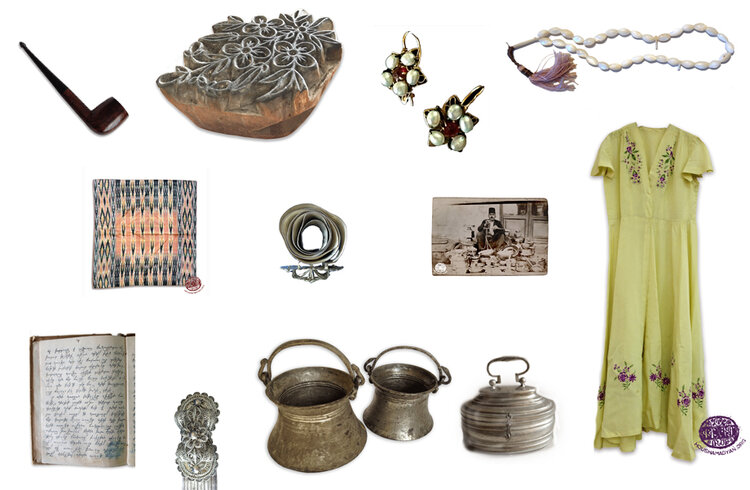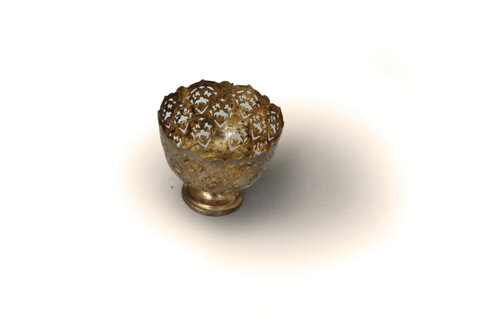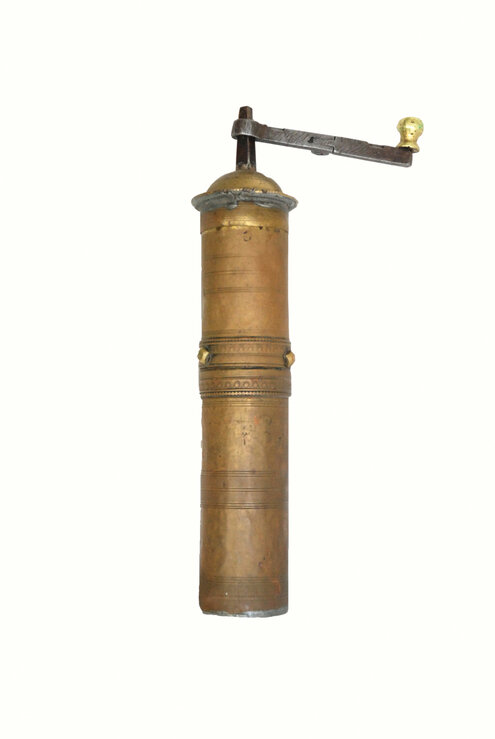Miscellaneous - Germany
Christine Gardon collection - Berlin
The materials provided to us by Christine Gardon belong to the Gakavian family from Van, who had lived for many generations in their home city. Haroutyun Gakavian was a renowned jeweler in the Old City District of Van. In 1915, the family was forced to leave Van, and their initial stop was Tbilisi. Christine Gardon is Haroutyun’s great-granddaughter, and she currently resides in Berlin. Most of the materials in her hands were left to her by her great-grandmother (Aghavni, Haroutyun’s wife) and grandfather (Vahram, Haroutyun’s son), and include letters, handwritten notes, books, photographs and newspapers. Aghavni, after living in Tbilisi for some time, relocated to Vladikavkaz, then to Rostov. By that time, her husband had already passed away. In 1920, she settled in Istanbul, where she remained until 1933, after which she joined her son (Hrant) in Belgium. Her son, Vahram, had left Istanbul in 1922 and had initially settled in Paris. He was an author who published many novels under the pseudonym Victor Gardon.
Vahé Tachjian collection - Berlin
This collection includes materials that Vahé Tachjian inherited from the maternal line of his family. The Mdjrkian/Yaverian and Pashabezian families lived in Sis (modern-day Kozan), in the territory of Cilicia. In 1920, following the retreat of the French forces from the area, much of the Armenian population left Sis and settled in Adana. However, soon, they were forced to leave Adana, too, and most of them eventually left Cilicia for good. This was true of the Mdjrkian/Yaverian family, as well. They first settled in Cyprus, then moved to Aleppo, and from there to Lebanon. Later on, descendants of the family would be scattered all over the world, including the United States, France, Germany and Canada. The following items are currently kept in Berlin.
The Mdjrkian family members, several years after being exiled from their native town of Sis/Kozan for the last time. The photo was taken in the early 1920s, most probably in Cyprus or Syria. From left: unknown person, Hripsimeh Mdjrkian (nee Pashabezian), Yeranouhie Mdjrkian, Misak Mdjrkian, Zarouhie Mdjrkian, Haigouhie Mdjrkian and Lousadzin Pashabezian.
Coffee cup (findjan) set and box.
Cups made in Russia (Fabriki Kuznetsova) / Copper cup holders (zarf) made in the Ottoman Empire / 19th century; Krikor Mdjrkian gave the set as a present to his wife Hripsime (née Pashabezian). The family had 6 children and lived in Sis (present-day Kozan). Krikor was killed in 1918. The family left Sis in 1920 – went to Adana first and then to Beirut. In 1980, during the Lebanese war, the Mdjrkian-Yaverian family apartment got burnt down as a result of a missile explosion. The coffee cup set survived. It is currently in the possession of a family member who lives in Berlin.
Silvina Der-Meguerditchian collection - Berlin
Silva Der-Meguerditchian has collected the following materials over many years from family sources in her country of birth, Argentina, as well as from relatives who reside in the United States. Most of the materials are family heirlooms from Ayntab, Marash, and Sepasdia/Sivas, whence Silvina’s ancestors hailed.
Tie clasp - Sivas/Sepasdia
Belonged to Melkon Tengerian/Toungrian of Sivas who was killed in the Genocide. His daughter Shnorhig hid the clasp in her clothes as a keepsacke thoughout her years in exile. She later relocated to the United States and married a man also from Sivas. For many years, her son, Mugurdich, in Chicago, kept the item. A few years ago, he sent it to Melkon’s great granddaughter Silvina Der-Meguerditchian in Berlin.
Béatrice Schrader collection - Geltendorf, Germany
This photograph has been kept by Béatrice Schrader (nee Balekdjian), and was taken in Ankara, on the occasion of the wedding of her paternal grandfather (Smpad Balekdjian) and her paternal grandmother (Satenig Oulikian). Presumably, both groom and bride were residents of Ankara. Satenig was born in 1891, and died in 1953, in France. Her husband was killed during the years of the Genocide. They had one son (Béatrice’s father), who, like his mother, survived the Genocide. The two later moved to France, where Béatrice was also born. She currently lives in Germany.

















